In the realm of canine health, there are myriad illnesses that pet parents should be aware of, and one such concern is leptospirosis. This bacterial infection, though relatively lesser known, can pose significant risks to your furry friend’s health if left unchecked. Join us as we delve into the depths of leptospirosis, exploring its symptoms, transmission, diagnosis, treatment, and crucial prevention measures.
Contents Overview
What is Leptospirosis?
Leptospirosis is a bacterial infection caused by various strains of the Leptospira bacteria. This zoonotic disease not only affects dogs but can also be transmitted to humans and other animals. The bacteria commonly thrive in water or damp environments contaminated with the urine of infected animals, making it particularly prevalent in areas with high rainfall or flooding.
Symptoms
Leptospirosis can manifest differently in each dog, and symptoms can vary depending on the severity of the infection. Some common symptoms include:
- Fever: Dogs with leptospirosis often develop a high fever, which may be accompanied by shivering or trembling.
- Muscle Pain: Affected dogs may exhibit signs of muscle pain, reluctance to move, or stiffness.
- Loss of Appetite: Leptospirosis can cause a decrease in appetite in dogs, leading to weight loss and lethargy.
- Vomiting and Diarrhea: Gastrointestinal symptoms like vomiting and diarrhea can occur, sometimes accompanied by blood in the stool.
- Jaundice: Dogs with severe leptospirosis may develop jaundice, characterized by yellowing of the skin, gums, and whites of the eyes.
- Increased Thirst and Urination: Some dogs may experience increased thirst and urination as the infection affects the kidneys.
- Difficulty Breathing: In advanced cases, dogs may have difficulty breathing due to fluid accumulation in the lungs.
- Eye Problems: Leptospirosis can lead to eye inflammation or redness, along with sensitivity to light.
- Nosebleeds: Severe cases of leptospirosis may result in nosebleeds or other bleeding disorders.
- Lethargy: Dogs infected with leptospirosis may appear weak, tired, and unwilling to participate in usual activities.
Transmission and Spread
Leptospirosis spreads through various means, primarily through contact with:
- Contaminated Water: Dogs drinking from or swimming in stagnant water sources like ponds, puddles, or rivers where infected animals urinate can contract leptospirosis.
- Infected Animals: Direct or indirect contact with urine, saliva, or tissues of infected animals, including rodents, livestock, and wildlife, can transmit the bacteria.
- Soil and Environment: Leptospira bacteria can survive in moist environments for extended periods, increasing the risk of transmission through contact with contaminated soil or surfaces.
- Vectors: Some insects, such as flies and mosquitoes, can act as mechanical vectors, carrying the bacteria on their bodies and transmitting them to dogs through bites or contact.
Factors Affecting Transmission:
Several factors influence the transmission and spread of leptospirosis in dogs:
- Environmental Conditions: Warm and humid climates create favorable conditions for bacterial survival and transmission.
- Urbanization: Urban areas with high rodent populations and limited sanitation facilities increase the risk of exposure to leptospirosis.
- Seasonal Variations: Leptospirosis incidence often peaks during rainy seasons when water bodies become contaminated, and animals congregate in search of water sources.
- Dog Activities: Hunting, hiking, or participating in outdoor activities where dogs come into contact with potentially contaminated environments heightens the risk of infection.
Diagnosis and Treatment
Diagnosis:
Accurate diagnosis is pivotal for timely intervention. Veterinary professionals employ various diagnostic methods, including:
- Blood Tests: Serology detects antibodies against Leptospira bacteria, while polymerase chain reaction (PCR) identifies bacterial DNA in blood or urine samples.
- Urinalysis: Examination of urine for the presence of Leptospira organisms.
- Clinical Signs: Observation of symptoms such as fever, lethargy, and jaundice.
Treatment:
Effective treatment hinges on early detection and prompt initiation of therapy. Treatment modalities encompass:
- Antibiotics: Veterinary-prescribed antibiotics, such as doxycycline or amoxicillin, combat bacterial proliferation.
- Supportive Care: Intravenous fluids alleviate dehydration and maintain electrolyte balance, while antiemetics mitigate nausea and vomiting.
- Hospitalization: Severely affected dogs may necessitate hospitalization for intensive monitoring and care.
- Liver and Kidney Support: Supplements like S-adenosylmethionine (SAMe) and milk thistle aid liver function, while renal diets alleviate strain on the kidneys.
Prevention Measures
Vaccination:
Annual vaccination is key to protecting dogs against leptospirosis.
Consult your veterinarian to determine the appropriate vaccine schedule based on your dog’s lifestyle and risk factors.
Environmental Management:
Minimize exposure to potentially contaminated water sources, such as stagnant ponds or puddles.
Secure garbage cans to prevent wildlife access, reducing the risk of contamination.
Hygiene Practices:
Practice good hygiene when handling potentially contaminated areas, wearing gloves if needed.
Wash your hands thoroughly after outdoor activities with your dog, especially in rural or wooded areas.
Rodent Control:
Rodents are common carriers of Leptospira bacteria. Implement measures to control rodent populations around your home and dog’s living areas.
Regular Vet Check-ups:
Schedule routine veterinary visits for your dog to monitor their health status and discuss preventive measures.
Promptly address any symptoms or concerns with your veterinarian to ensure early detection and treatment if necessary.
Educate Yourself:
Stay informed about leptospirosis and its prevalence in your area.
Recognize the signs and symptoms of the disease to seek timely veterinary care for your dog if needed.
Bottom Line
Leptospirosis is a serious bacterial infection that can have grave consequences for dogs and humans alike. By familiarizing yourself with the symptoms, transmission routes, diagnosis, treatment, and prevention measures associated with leptospirosis, you can take proactive steps to safeguard your beloved canine companion’s well-being. Remember, vigilance and responsible pet care are key to keeping your furry friend safe and healthy in the face of potential health threats.








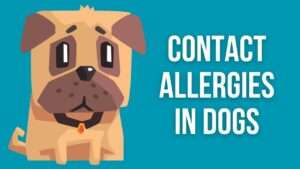
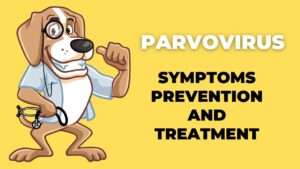






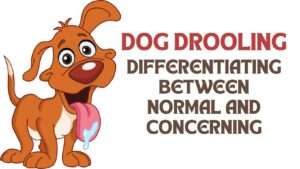
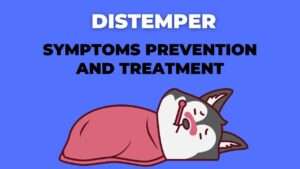

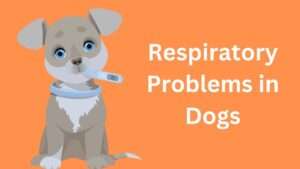
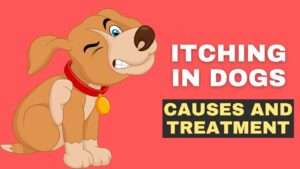
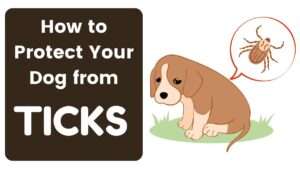
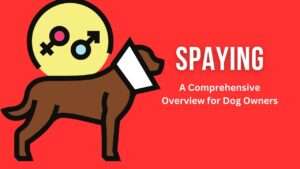

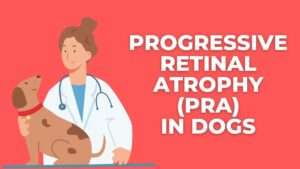

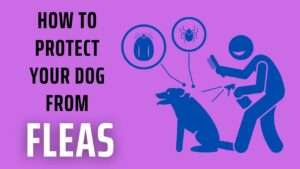







+ There are no comments
Add yours